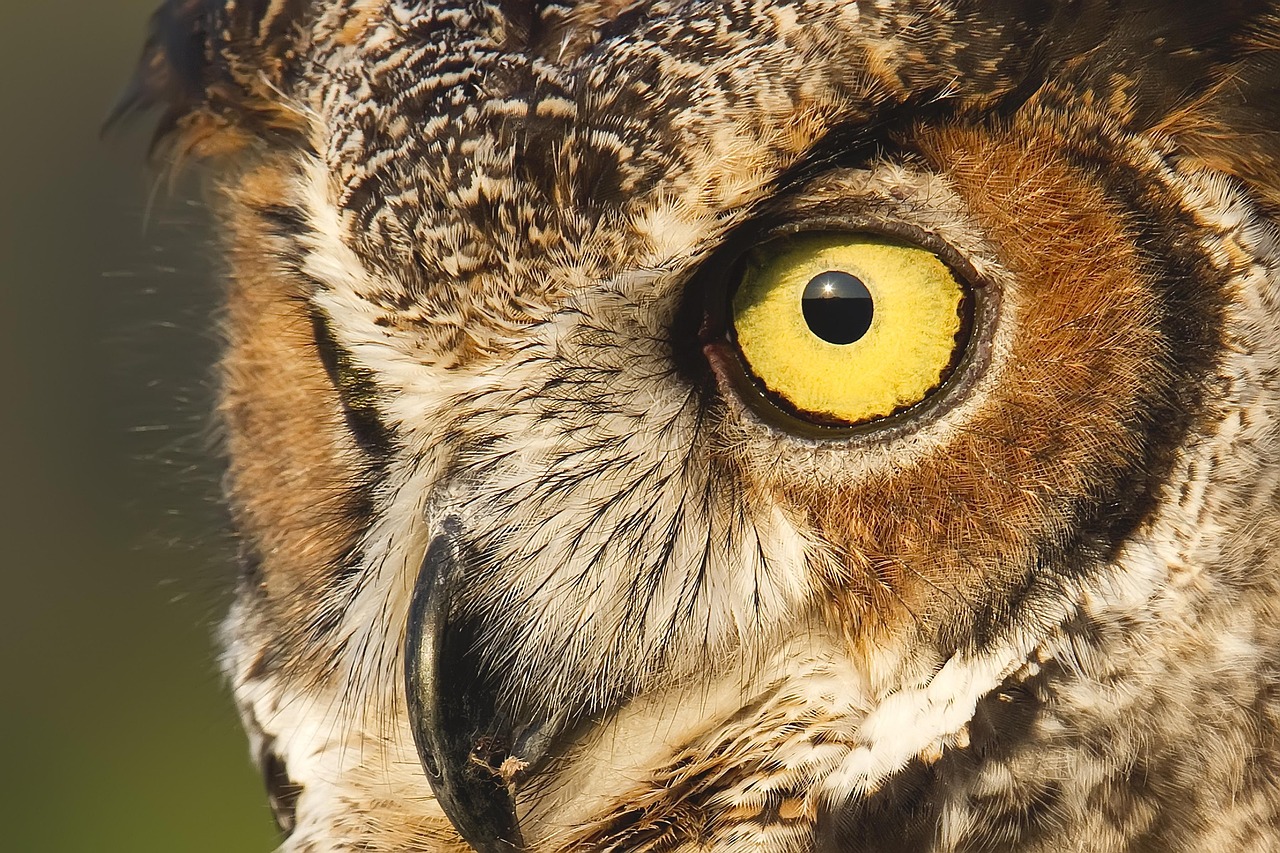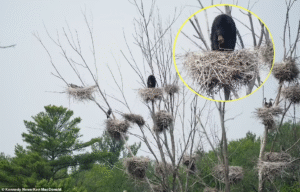The great horned owl (Bubo virginianus) is the West’s moody night watchman—broad-winged, ear-tufted, and perfectly adapted to deserts, canyons, forests, and even city parks. Add one to your travel site and you’re tapping into a creature that visitors can actually find, not just read about.
A (natural) history in brief
Long before highways and trailheads, great horneds ruled the crepuscular shift across what’s now the American West. They thrive because they’re generalists: superb night vision, near-silent flight, and a menu that runs from rodents and rabbits to snakes and (yes) skunks. Nesting starts shockingly early—often January to March—so while snow still rims canyon walls, pairs are already duetting and defending territory. Rather than building their own nests, they hijack others’ (old hawk or raven platforms, cliff ledges, even ledges on barns). This flexibility let them ride out ranching booms, logging waves, and urban growth—and explains why you can hear that iconic “hoo-h’HOO-hoo-hoo” from saguaro flats to Subarus at trailheads.
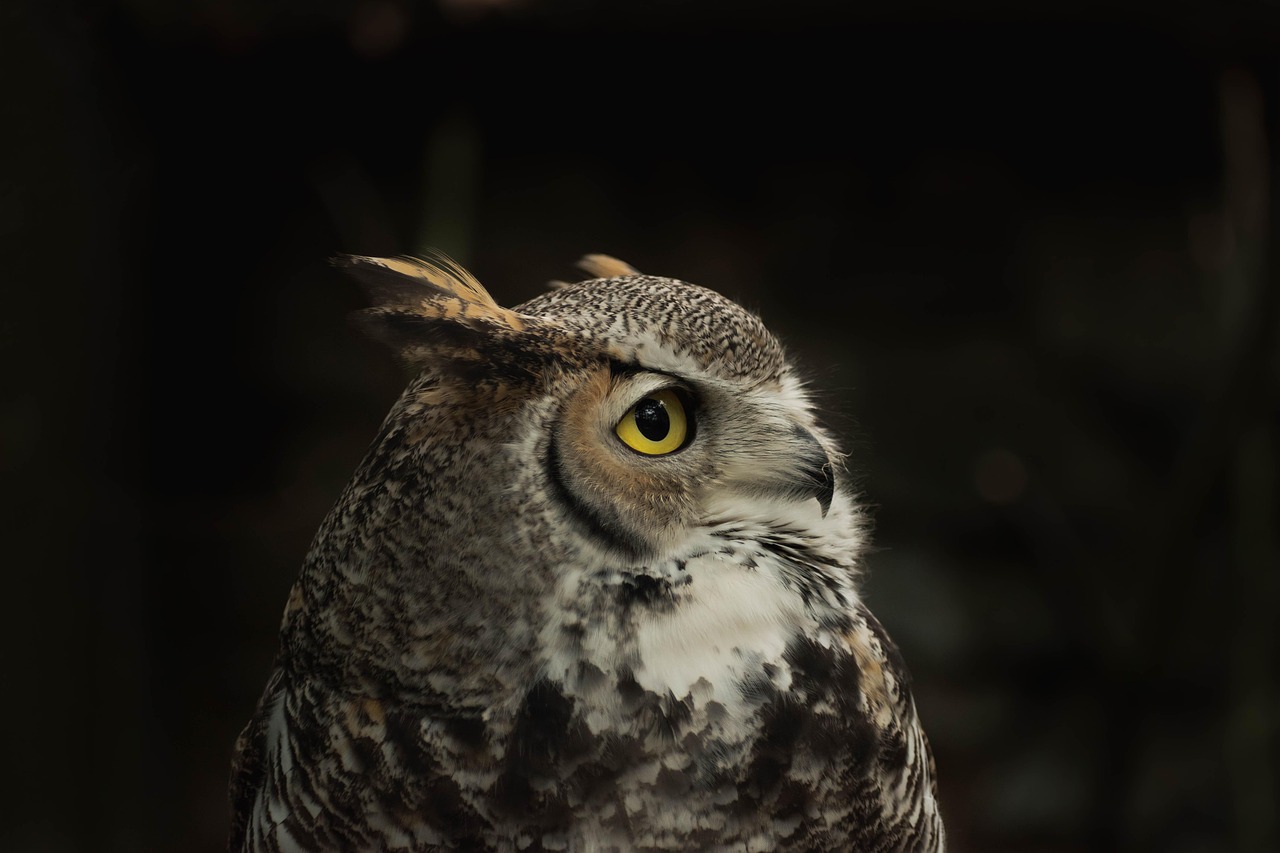
Why travelers should go look for them
-
Easy to add to any Western itinerary. From Yellowstone geyser basins to saguaro deserts and Pacific coast bluffs, great horneds occupy almost every habitat. You don’t need a remote backpacking permit—just patience at dawn or dusk.
-
Year-round encounters. Unlike many birds, they’re non-migratory. Winter brings vocal courtship; spring spotlights fluffy, wide-eyed owlets; summer offers twilight hunting shows.
-
Nightlife that feels wild. A dusk hike that ends with an owl silhouette on a cottonwood or a saguaro arm is a legit “wow” moment—no rollercoaster required.
-
Pairs well with marquee parks. Fold owl time into trips to Grand Canyon, Zion, Bryce, Arches/Canyonlands, Rocky Mountain, Yosemite, Olympic, or refuges like Bosque del Apache (NM) and Malheur (OR).
Best time:
-
Late winter–early spring (Jan–Apr): Easiest to hear and see; leaves are off trees, pairs are vocal, and nest activity peaks.
-
Dusk & dawn year-round: Arrive 30–45 minutes before sunrise/sunset.
Where to look (quick hits)
-
Desert edges: Saguaro National Park (AZ), Organ Mountains–Desert Peaks (NM), Valley of Fire (NV). Check washes with tall saguaros, cottonwoods, or cliff faces.
-
Canyon rims & juniper pinyon: Grand Canyon (AZ), Island in the Sky (UT), Colorado National Monument (CO). Scan snag tops at sunset.
-
Riparian corridors: Any Western river greenbelt—even in towns (e.g., Denver’s South Platte, Boise River Greenbelt).
-
Urban parks & golf courses: Tall conifers + open lawns = hunting lanes (surprisingly productive and convenient).
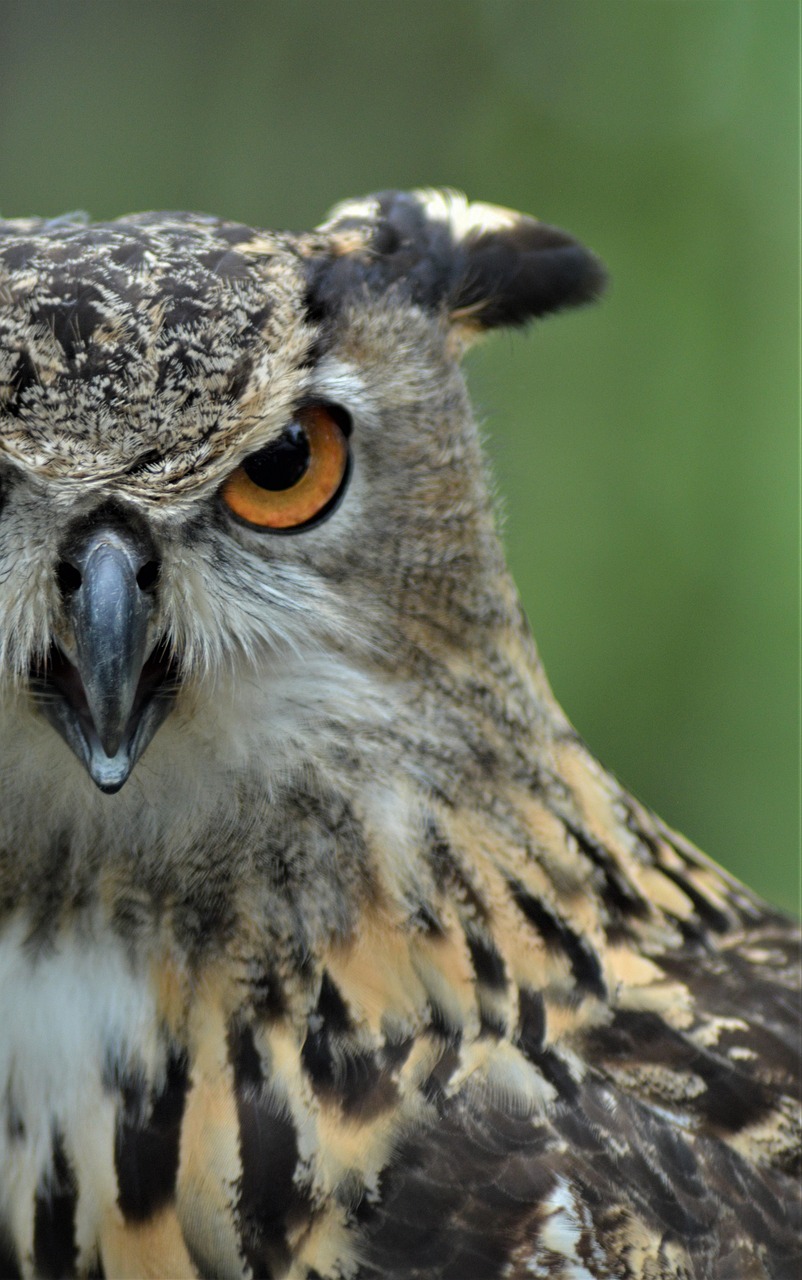
Fieldcraft: how to actually spot one
-
Ears first, eyes second. Start by listening: a deep, repeating hoot (male lower, female slightly higher).
-
Scan silhouettes. At last light, look for “cat-eared” outlines on poles, snags, roof peaks, or cactus arms.
-
Use red light sparingly. A dim red headlamp helps you walk safely without blasting wildlife.
-
Be still. Ten quiet minutes beats ten noisy miles.
Fun facts
-
Not really “horns.” Those “horns” are ear tufts—feather flags for camouflage and communication; their actual ears are asymmetrical openings hidden beneath feathers.
-
The “tiger owl.” Bold barring and fierce hunting earn that nickname; they can take prey larger than themselves and famously tolerate skunk spray.
-
Grip like a vise. Up to ~300 psi squeeze helps dispatch rabbits quickly.
-
Thieves by design. They almost never build nests—they reuse hawk/raven nests, cliff pockets, or even window ledges.
-
Owlets are adventurous. Fuzzy youngsters “branch” out of the nest early and can be found perched low, looking adorably unimpressed.
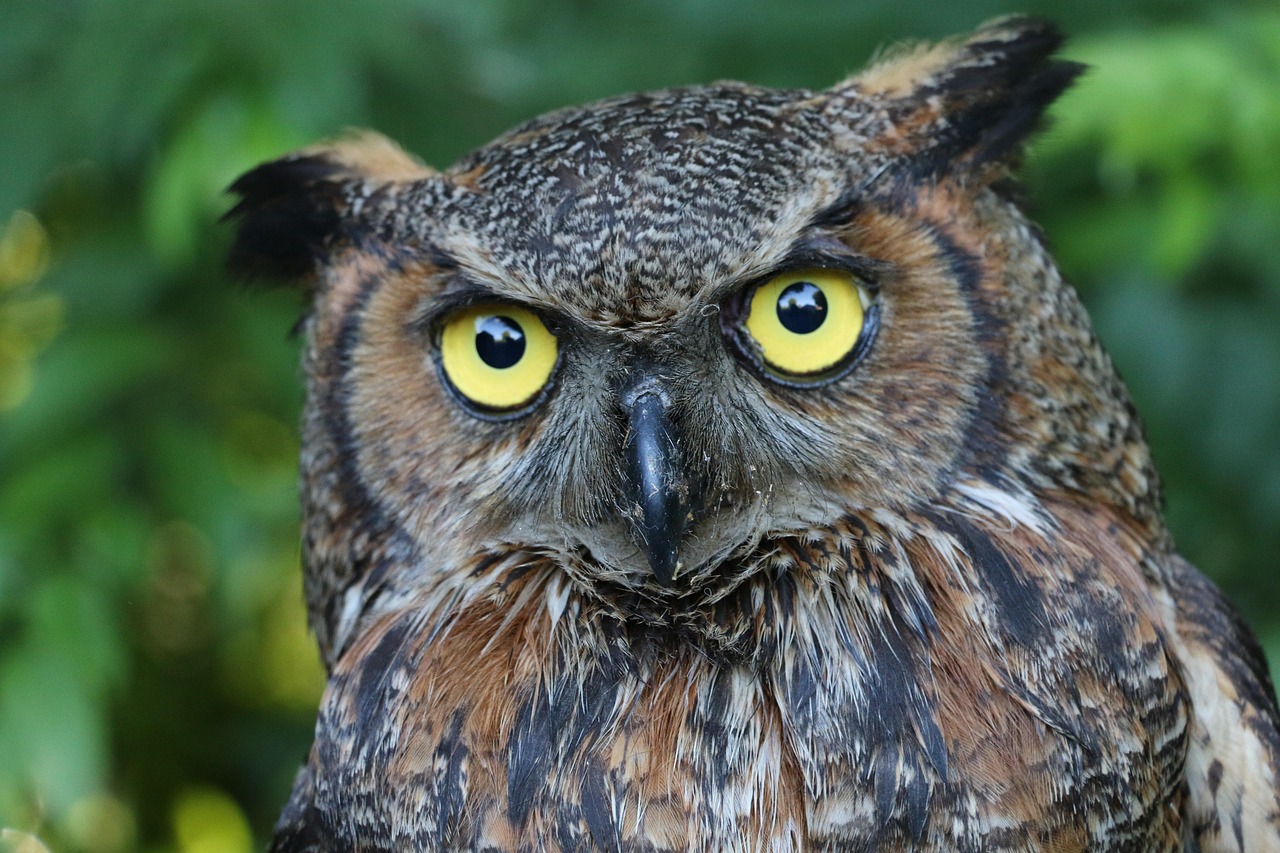
Ethical viewing (and safety) tips
-
Keep your distance—especially at nests. If an adult bill-clacks, hoots intensely, or dive-bombs, you’re too close. Back off.
-
No baiting, no playback. Don’t use live bait or repeated call playback; both can stress birds and violate local rules.
-
Stay on trail after dark. Protect fragile desert crusts and riparian vegetation—and your ankles.
-
Leave owlets where you see them. Grounded youngsters are usually attended by nearby adults.
Add this to your travel page
-
“Don’t Miss” box: “Listen for the classic hoot 30 minutes after sunset near big trees or canyon rims; bring binoculars and a thermos.”
-
Family angle: Turn it into a sound-hunt—who can count the most hoots in five minutes?
-
Photo tip: Expose for the sky to get a crisp owl silhouette; telephoto helps. Avoid flash.
Getting there & gear
-
Pair owl hours with golden-hour overlooks you already tout: Mather Point (Grand Canyon), Canyon Rim (Moab), Tunnel View (Yosemite), Hurricane Ridge (Olympic).
-
Bring 10× binoculars, a warm layer (desert nights cool fast), and a small red-light headlamp.
